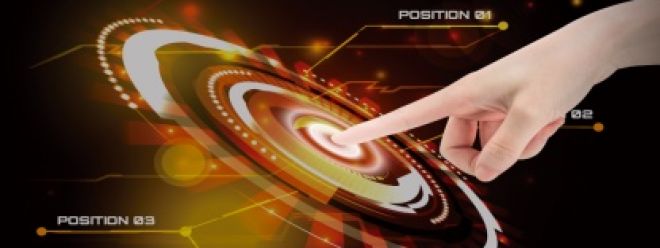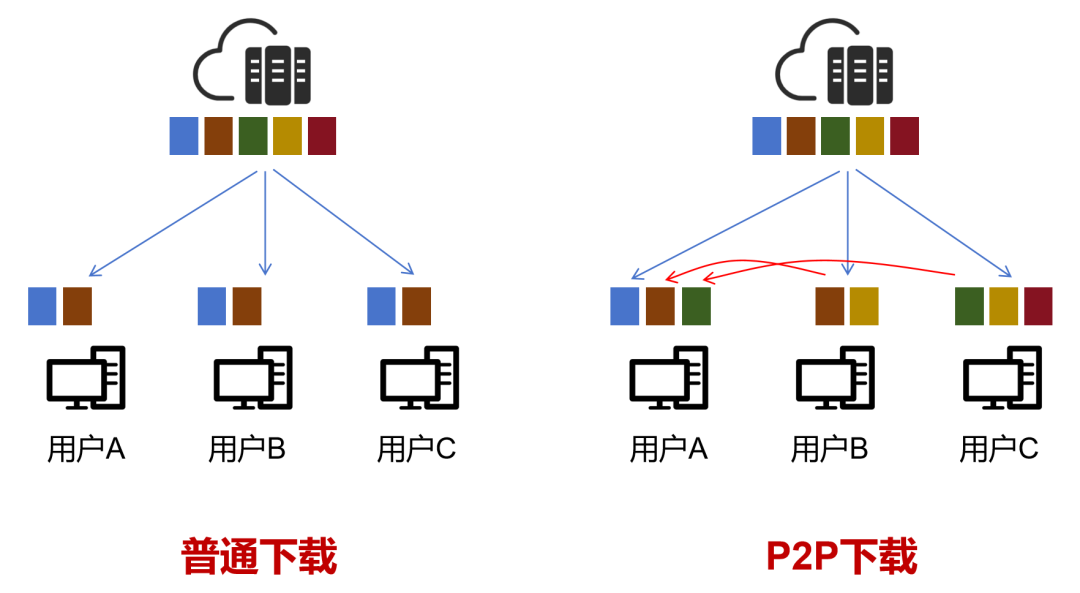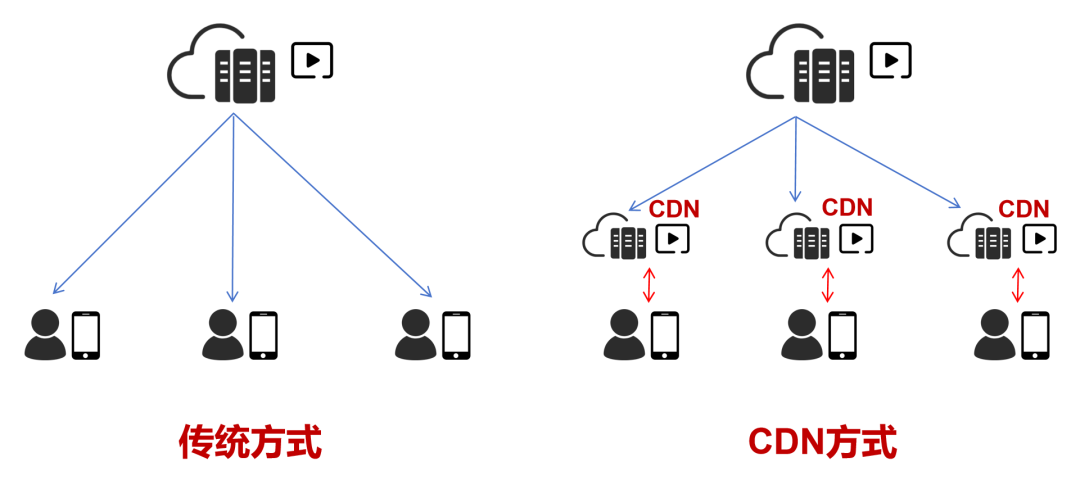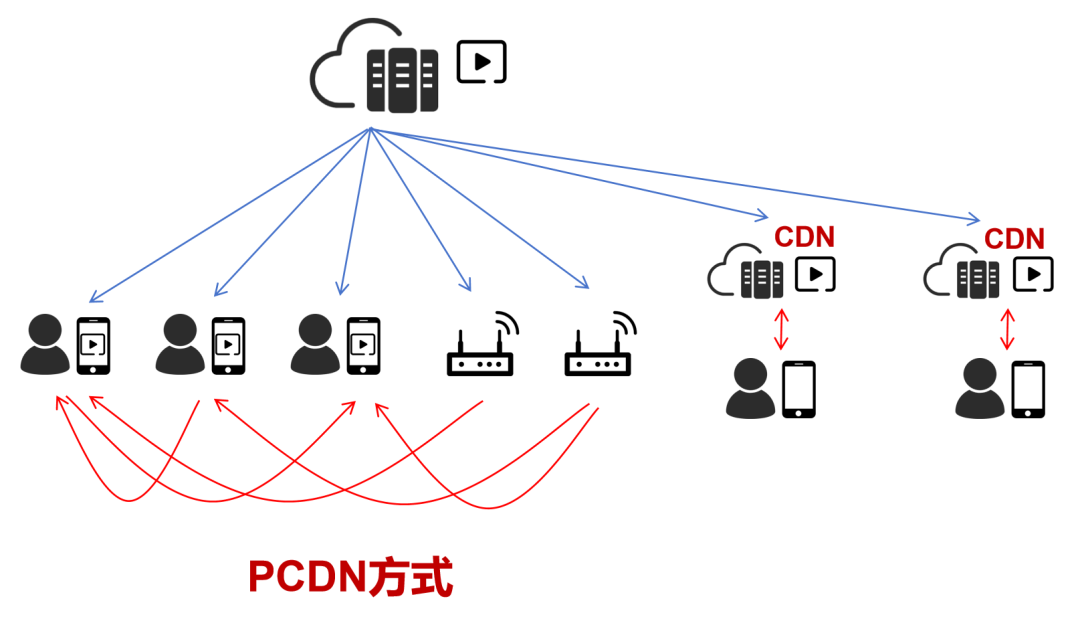What is the PCDN that operators are trying to block?

Recently, a domestic operator published news about strictly investigating PCDN, which attracted widespread attention inside and outside the industry.
The operator stated that when a user's broadband account has "abnormally large traffic uplink broadband usage", the account may be banned. If the user complains, the customer service will arrange for a broadband technician to come to the door to "collect evidence" and then unblock it according to the situation. This verification operation must achieve - "Everything that should be investigated, everything that should be stopped should be stopped, and everything that should be dismantled should be dismantled."
What exactly causes the "abnormally large traffic uplink broadband occupation" and how will operators mobilize their efforts?
The answer is - PCDN.
Don’t think that this issue has nothing to do with you. In fact, many users have this PCDN in their homes. If you accidentally use it, your account may be blocked and you will be unable to access the Internet.
What is PCDN
What exactly is PCDN? Why is it blocked by operators?
Simply put, PCDN is P2P+CDN. The full English name is: Peer to Peer Content Delivery Network, the full Chinese name is: Peer to Peer Content Delivery Network.
P2P, everyone should be familiar with it. The notorious P2P financial management in the past few years, as well as the P2P downloading that became popular all over the Internet earlier, are all based on P2P.
P2P is a typical decentralized concept. It focuses on the business relationship between individuals.
Take P2P downloading as an example.
Traditional downloads have one server and N clients. All clients go to the server to download data (movies).

In the case of P2P, user A downloads a part and user B also downloads a part. Then, user A and user B share each other’s existing data with each other. In this case, the pressure on the server is reduced.
Even if the server is shut down, it will not affect the completion of all data downloads among the remaining users.
The famous BT (BitTorrent) download is P2P download. After it became popular that year, it was unanimously welcomed by the majority of users. Until now, it has been an important means of downloading movies. What it embodies is the Internet spirit of "everyone for one, one for everyone".
Let’s talk about CDN.
CDN technology Xiao Zaojun has done some popular science with everyone before (what is CDN?). Simply put, CDN is an edge computing idea.
In the traditional way, I put the movie on the main server and everyone comes to pick it up. The server is very burdened and the bandwidth is a bottleneck.
So, I copied the movie into many copies and placed them on a regional server closer to the user. In this way, "distribution of content" is achieved. The pressure on the main server is reduced, and users are less likely to freeze when watching movies.

PCDN is a combination of P2P and CDN technology, and is a CDN based on P2P technology. It goes even further and puts content directly in users' homes, such as on mobile phone terminals or routers, turning it into a larger "content source".

For example, you used a video app to watch the TV series "Flowers". If other nearby users also watch "Flowers", they will take part of the data from your phone.
For another example, you use a certain network disk App to download an e-book. If other nearby users also want to download this e-book, they can access the data from your mobile phone.
The PCDN on the client can not only be implemented through the mobile App, but can also be deployed directly on the wireless router.
Yes, the various XX routers and money-making treasures that have become very popular in recent years are essentially routers with PCDN functions. In addition to basic Internet access functions, it will use uplink bandwidth to provide services to other users.
The more uplink bandwidth you contribute, the richer points or virtual currency rewards you will receive, which can be redeemed for gifts or even cash in the service provider’s so-called “mall.”
Many users feel that this wool is worth picking up. After all, it would be good to subsidize the cost of electricity and Internet bills.
Why block PCDN?
So, why is this seemingly “harmless” technology blocked by equipment manufacturers?
The answer is simple.
First of all, massive PCDN traffic puts tremendous pressure on operators' backbone transmission networks. Users' broadband is provided on a monthly basis and is not billed based on traffic flow. The more it is used, the greater the pressure on the operator's network, and the key is that it cannot receive more money.
Secondly, video service providers need to rent high-priced computer rooms and bandwidth from operators to build conventional CDN service nodes. Now that all service providers use PCDN, resource rental has been significantly reduced, affecting operators' profits.
If the core interests are touched, the operator will of course block it. So, there are those things at the beginning of the article.
It is not new for operators to block PCDN, it has happened before. This time it has risen to such a high level of attention, probably because it has been forced into panic.
Difficulty of blocking PCDN
Blocking PCDN is not an easy task.
The data transmitted by PCDN is also business data such as video. There are many challenges in distinguishing whether a user's data is a PCDN service.
If the distinction is inaccurate or "one size fits all" is adopted, it will definitely affect users' normal upstream needs (such as camera data, live broadcast data, game data, etc.), which will lead to large-scale complaints and even user loss.
In recent years, operators have generally begun to use DPI (Deep Packet Inspection) traffic identification and QoS restrictions to screen and suppress PCDN.
For example, by accurately identifying PCDN services, normal upstream traffic will not be affected, and by arranging 15% to 20% packet loss for PCDN traffic, PCDN services can be effectively controlled.
However, there are certain differences in technical levels and effects among different operators.
You may ask, can operators directly sue content service providers? Let them shut down their PCDN services?
This is somewhat difficult. Content service providers basically have CDN licenses. PCDN is also a CDN and seems to be operating legally in theory. Regarding PCDN, the relevant regulations are currently a bit vague and not very clear.
PCDN is a game between operators and Internet content service providers. So, for us ordinary users, should we use PCDN?
Xiao Zaojun personally believes that technology itself is innocent. PCDN is a very good decentralization concept, which has certain effects on improving user business experience.
For content service providers, it can reduce server burden and bandwidth costs. This is also a reward of real money, so there is no reason not to promote it.
However, if supervision is not in place, PCDN will introduce some risks and challenges.
First, there are security risks. The terminal becomes a PCDN node and has data interaction with other devices. This may lead to the leakage of private data, or create security holes and be subject to malicious attacks.
Secondly, there is the legal risk. The PCDN of regular companies is more strictly controlled, and the transmitted data is normal and legal data. However, some unscrupulous companies will embed PCDN in apps to spread illegal content, such as pirated, obscene, reactionary, and terrorist audio and video products. This not only harms society, but also causes ordinary users to get involved in legal disputes.
Third, there is the issue of cost.
Is it cost-effective to harvest wool through PCDN?
This depends on the situation.
Leaving the device on for a long time will result in a waste of power. If the router runs PCDN, it is slightly better. However, the PCDN service will cause the router to generate higher power consumption and generate greater heat, which will still lead to an increase in electricity bills.
PCDN transmits data and requires repeated reading and writing of storage. This will affect the life of the hard drive and even the life of the entire device.
last words
It is an inevitable trend for operators to block PCDN.
Currently, video business traffic accounts for more than 70% of total Internet traffic. If PCDN is allowed to develop, it will lead to serious revenue losses for operators.
However, simple and crude blocking methods are not advisable.
The basic premise of blocking PCDN is that it will not affect the normal Internet experience of users. If a one-size-fits-all approach is imposed and users are asked to “prove their innocence”, or in other words, it would be unfair to users to have installation and maintenance masters come to their homes to “collect evidence”.
Nowadays, many PCDN applications are not understood by users and are "passive" bindings. So how should the responsibility be calculated? Should users take the blame?
If the ban is too harsh, users will resent it. What ultimately comes back is the operator's own user satisfaction and market share.
To finally solve this problem, on the one hand, we must improve relevant regulations and clarify responsibilities and rights. On the other hand, we will strengthen technology research and development and introduce in-depth traffic identification technologies such as AI neural networks to reduce "accidental injuries".
I hope that the problem of PCDN can be solved as soon as possible and that the technology can return to its essence of serving the public.